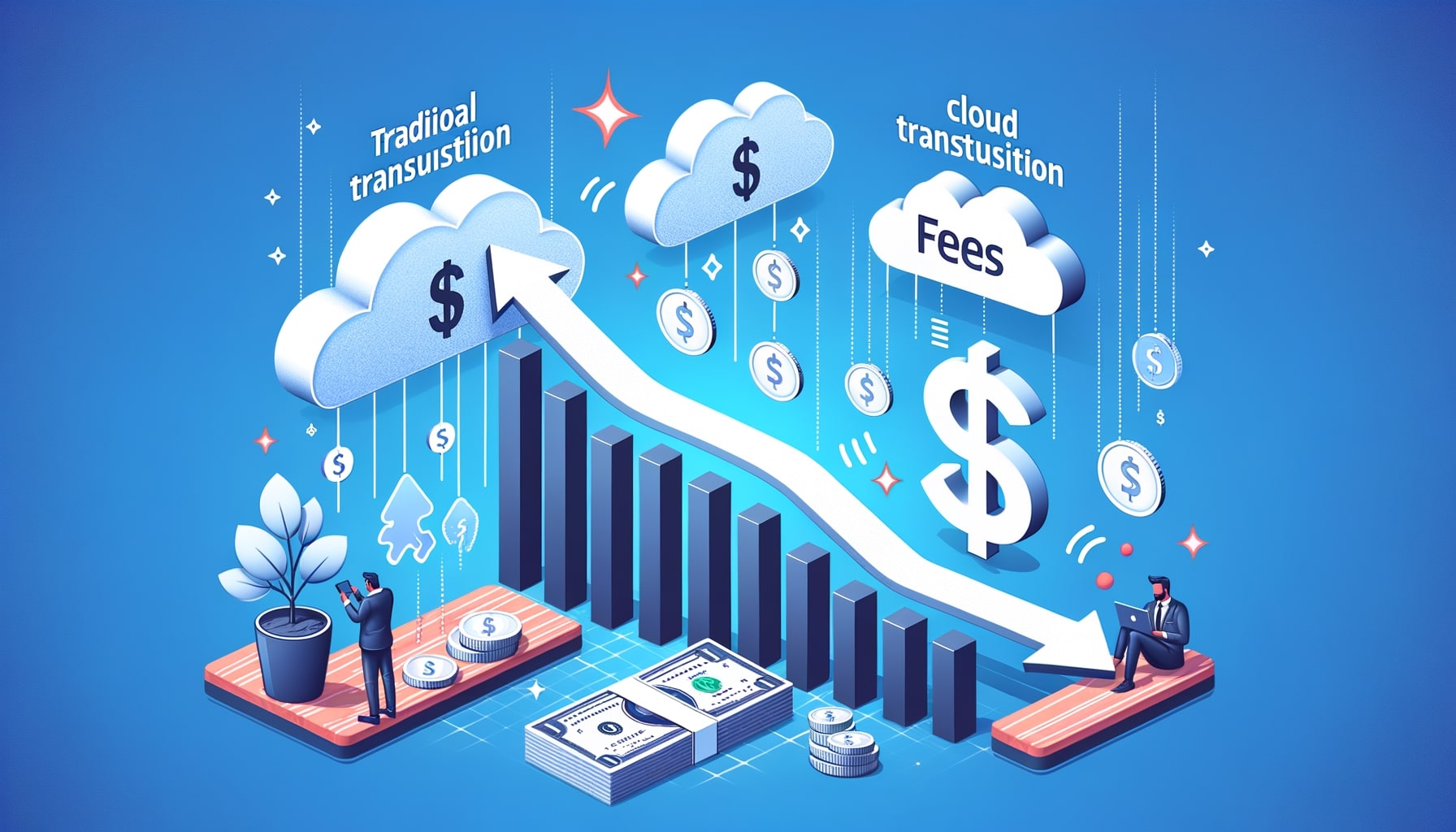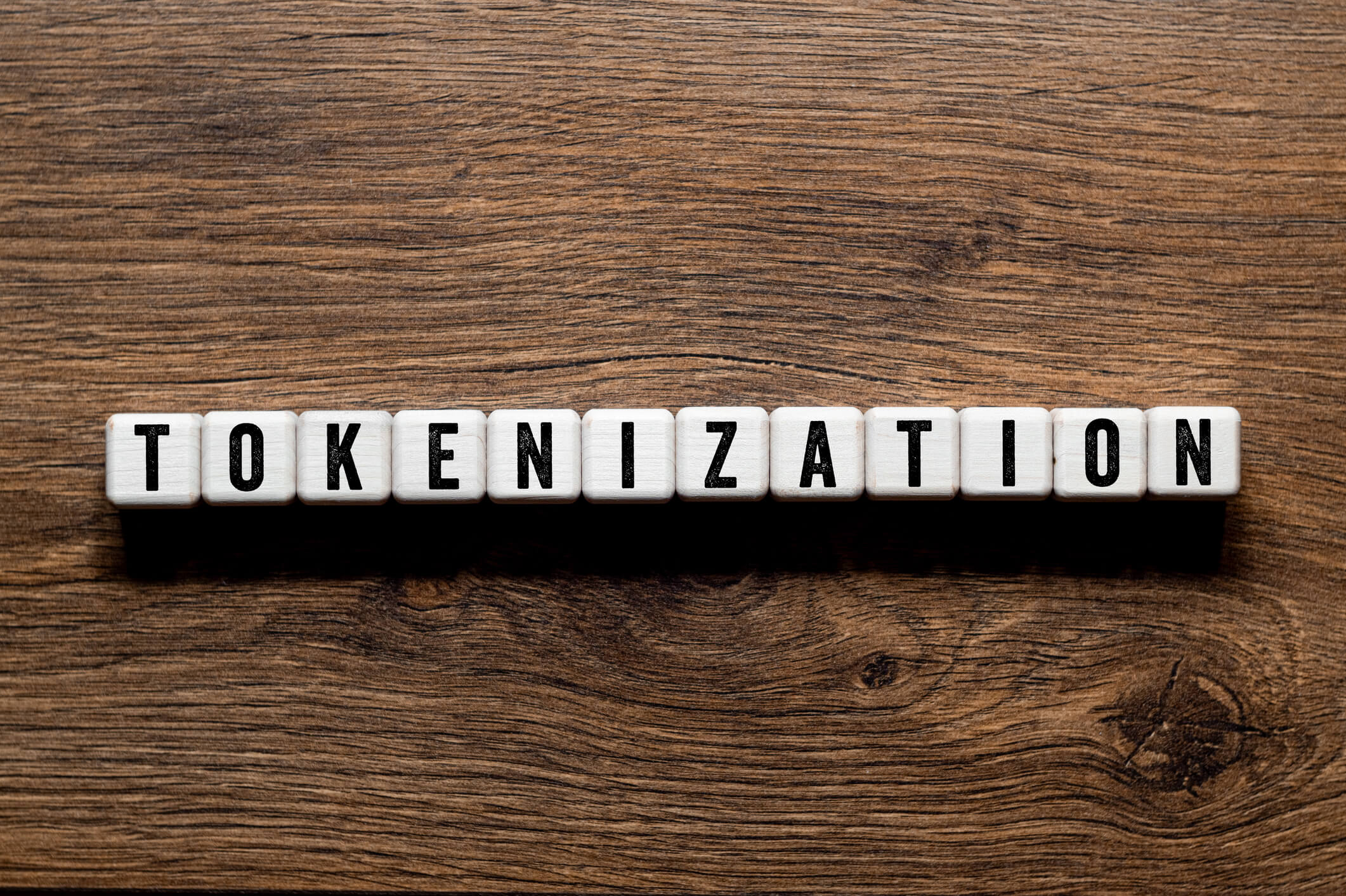The Benefits of Tokenization in Cloud Payments
In today’s digital age, the use of cloud technology has become increasingly prevalent in various industries, including the financial sector. Cloud payments, also known as cloud-based payment systems, have revolutionized the way businesses handle transactions and manage customer data. However, with the convenience and efficiency of cloud payments comes the need for robust security measures to protect sensitive information. This is where tokenization comes into play.
Tokenization is a data security technique that replaces sensitive information, such as credit card numbers or bank account details, with unique identification symbols called tokens. These tokens are randomly generated and have no intrinsic value, making them useless to hackers or unauthorized individuals. By implementing tokenization in cloud payment systems, businesses can enhance security, streamline payment processes, achieve compliance with regulations, and even save costs. In this article, we will delve into the benefits of tokenization in cloud payments and explore its various advantages.
Understanding Tokenization: What is it and How Does it Work?
Tokenization is a process that involves substituting sensitive data with non-sensitive tokens. These tokens are generated using algorithms and are unique to each transaction or piece of data. Unlike encryption, which uses a mathematical algorithm to scramble data, tokenization completely removes sensitive information from the cloud environment, reducing the risk of data breaches.
When a customer initiates a payment transaction, their sensitive data, such as credit card details, is securely transmitted to the cloud payment system. Instead of storing this data in its original form, the system generates a token that represents the sensitive information. This token is then stored in the cloud, while the actual data is securely stored in a separate token vault or a secure on-premises server. The token is used for subsequent transactions, eliminating the need to store sensitive data in the cloud.
The Advantages of Tokenization in Cloud Payments
Enhanced Security: Protecting Sensitive Data in the Cloud
One of the primary benefits of tokenization in cloud payments is enhanced security. By replacing sensitive data with tokens, businesses can significantly reduce the risk of data breaches and unauthorized access. Tokens have no intrinsic value and cannot be reverse-engineered to obtain the original data. Even if a hacker manages to gain access to the tokenized data, they would not be able to use it for fraudulent purposes.
Furthermore, tokenization ensures that sensitive data is not stored in the cloud environment, reducing the attack surface for potential cyber threats. This eliminates the risk of data exposure in the event of a breach or unauthorized access to the cloud infrastructure. With tokenization, businesses can provide their customers with peace of mind, knowing that their sensitive information is secure.
Streamlined Payment Processes: Simplifying Transactions with Tokens
Tokenization also offers significant advantages in terms of streamlining payment processes. Traditional payment systems often require businesses to store and manage vast amounts of sensitive customer data, which can be time-consuming and resource-intensive. With tokenization, businesses can offload the burden of storing and securing sensitive data to a token vault or secure on-premises server.
When a customer initiates a subsequent transaction, the token is used instead of the original data. This eliminates the need to retrieve and transmit sensitive information for each transaction, resulting in faster and more efficient payment processes. Additionally, tokenization simplifies the integration of payment systems with various platforms and devices, enabling businesses to offer seamless payment experiences to their customers.
Compliance and Regulatory Benefits of Tokenization in Cloud Payments
Compliance with industry regulations and data protection laws is a critical concern for businesses operating in the digital landscape. Tokenization can help businesses achieve compliance with various regulatory frameworks, such as the Payment Card Industry Data Security Standard (PCI DSS). PCI DSS requires businesses that handle credit card data to implement stringent security measures to protect sensitive information.
By tokenizing credit card data, businesses can reduce their scope of compliance, as the actual data is no longer stored in the cloud environment. This simplifies the compliance process and reduces the risk of non-compliance penalties. Tokenization also helps businesses meet the requirements of other data protection regulations, such as the General Data Protection Regulation (GDPR), by minimizing the storage and processing of sensitive personal data.
Cost Savings and Operational Efficiency with Tokenization
Implementing tokenization in cloud payment systems can lead to significant cost savings and operational efficiency for businesses. Traditional payment systems often require substantial investments in infrastructure, security measures, and compliance efforts. By tokenizing sensitive data, businesses can reduce their infrastructure costs by offloading the storage and security of data to a token vault or secure on-premises server.
Tokenization also simplifies the process of integrating payment systems with various platforms and devices, reducing the time and resources required for development and maintenance. Additionally, the streamlined payment processes enabled by tokenization can result in faster transaction times, reducing operational costs and improving customer satisfaction. Overall, tokenization offers businesses a cost-effective and efficient solution for managing payment transactions in the cloud.
Tokenization vs. Encryption: Key Differences and Benefits
While tokenization and encryption are both data security techniques, they differ in their approach and the level of protection they provide. Encryption involves transforming data into an unreadable format using a mathematical algorithm. The encrypted data can only be decrypted using a specific key, which is securely stored and managed by the business. Encryption is commonly used to protect data at rest or during transmission.
On the other hand, tokenization replaces sensitive data with tokens that have no intrinsic value. Unlike encryption, tokenization completely removes sensitive data from the cloud environment, reducing the risk of data breaches. Tokens are randomly generated and cannot be reverse-engineered to obtain the original data. This makes tokenization a more secure method for protecting sensitive information, as even if a token is compromised, it cannot be used to obtain the original data.
Implementing Tokenization in Cloud Payment Systems: Best Practices
Implementing tokenization in cloud payment systems requires careful planning and consideration of best practices. Here are some key steps and considerations for businesses looking to implement tokenization:
- Identify and classify sensitive data: Start by identifying the types of sensitive data that need to be tokenized, such as credit card numbers, bank account details, or personal identification information. Classify the data based on its sensitivity and regulatory requirements.
- Select a tokenization solution: Choose a tokenization solution that aligns with your business requirements and security objectives. Consider factors such as scalability, integration capabilities, compliance with industry standards, and vendor reputation.
- Develop a tokenization strategy: Define a clear tokenization strategy that outlines how and where tokenization will be implemented in your cloud payment systems. Consider factors such as token generation, storage, retrieval, and token lifecycle management.
- Secure the tokenization infrastructure: Implement robust security measures to protect the tokenization infrastructure, including the token vault or secure on-premises server. This may include access controls, encryption, intrusion detection systems, and regular security audits.
- Test and validate the implementation: Conduct thorough testing and validation of the tokenization implementation to ensure its effectiveness and compatibility with existing systems. This may involve testing different use cases, performing vulnerability assessments, and engaging third-party security experts.
- Monitor and update the tokenization system: Continuously monitor the tokenization system for any vulnerabilities or anomalies. Regularly update the system to address any identified security issues or to incorporate new features and enhancements.
Frequently Asked Questions (FAQs) about Tokenization in Cloud Payments
Q.1: What is the difference between tokenization and encryption?
Answer: While both tokenization and encryption are data security techniques, they differ in their approach and level of protection. Encryption transforms data into an unreadable format using a mathematical algorithm, while tokenization replaces sensitive data with tokens that have no intrinsic value. Encryption requires a specific key to decrypt the data, while tokens cannot be reverse-engineered to obtain the original data.
Q.2: How does tokenization enhance security in cloud payments?
Answer: Tokenization enhances security in cloud payments by replacing sensitive data with tokens. Tokens have no intrinsic value and cannot be used to obtain the original data. Even if a token is compromised, it is useless to hackers or unauthorized individuals. Tokenization also reduces the attack surface for potential cyber threats by eliminating the storage of sensitive data in the cloud environment.
Q.3: Can tokenization help businesses achieve compliance with industry regulations?
Answer: Yes, tokenization can help businesses achieve compliance with industry regulations, such as the Payment Card Industry Data Security Standard (PCI DSS) and the General Data Protection Regulation (GDPR). By tokenizing sensitive data, businesses can reduce their scope of compliance and minimize the storage and processing of sensitive information.
Q.4: What are the cost savings associated with tokenization in cloud payments?
Answer: Implementing tokenization in cloud payment systems can lead to significant cost savings for businesses. By offloading the storage and security of sensitive data to a token vault or secure on-premises server, businesses can reduce their infrastructure costs. Tokenization also streamlines payment processes, resulting in faster transaction times and improved operational efficiency.
Q.5: How can businesses implement tokenization in their cloud payment systems?
Answer: Implementing tokenization in cloud payment systems requires careful planning and consideration of best practices. Businesses should start by identifying and classifying sensitive data, selecting a tokenization solution, developing a tokenization strategy, securing the tokenization infrastructure, testing and validating the implementation, and monitoring and updating the tokenization system.
Conclusion
Tokenization in cloud payments offers numerous benefits for businesses, ranging from enhanced security to streamlined payment processes and cost savings. By replacing sensitive data with tokens, businesses can significantly reduce the risk of data breaches and unauthorized access. Tokenization also simplifies payment processes, improves compliance with industry regulations, and reduces operational costs. With the increasing reliance on cloud technology in the financial sector, implementing tokenization in cloud payment systems has become a crucial step in ensuring the security and efficiency of transactions. By adopting tokenization, businesses can protect sensitive data, build trust with their customers, and stay ahead in the rapidly evolving digital landscape.










